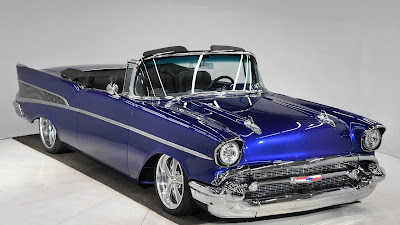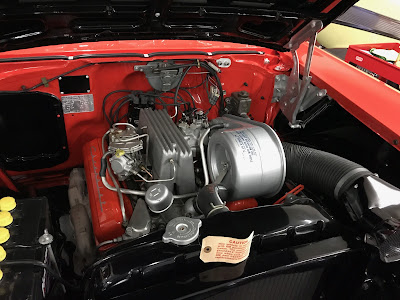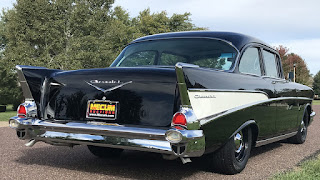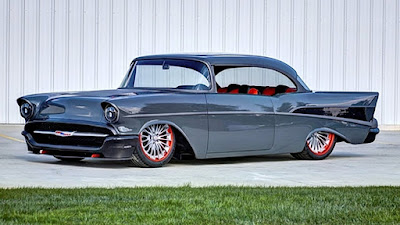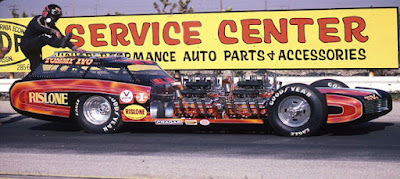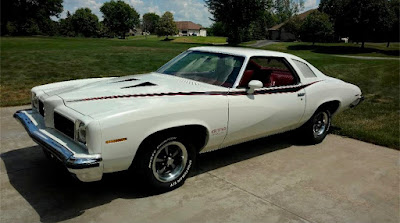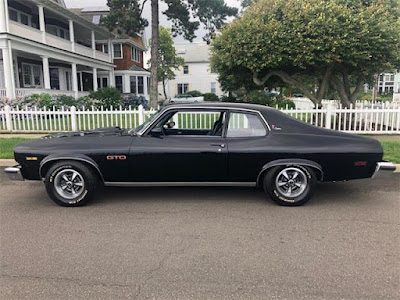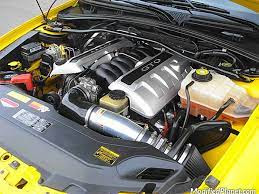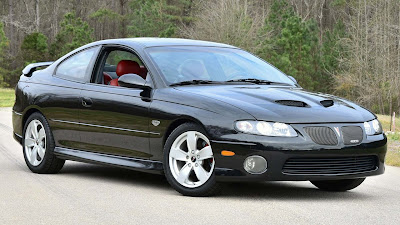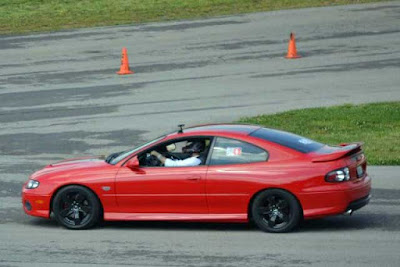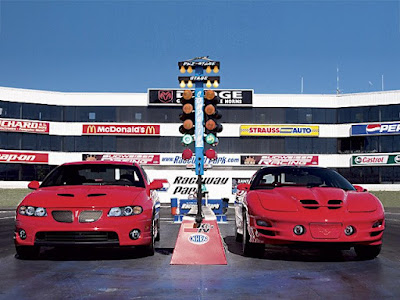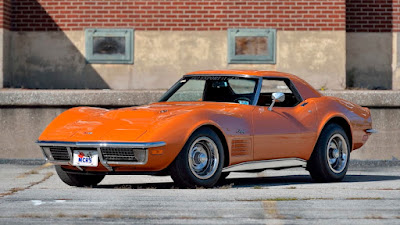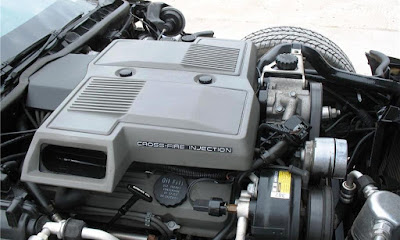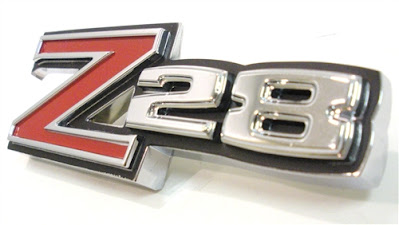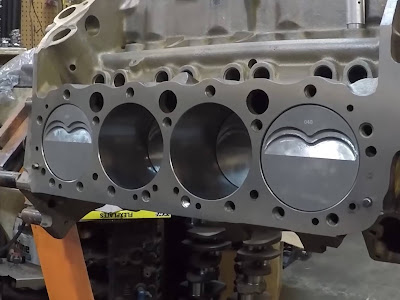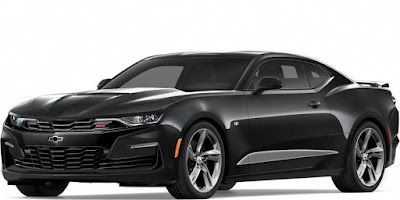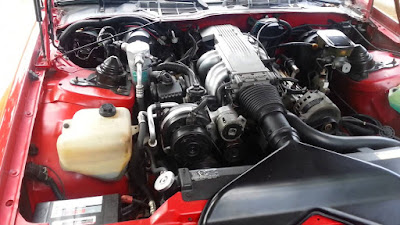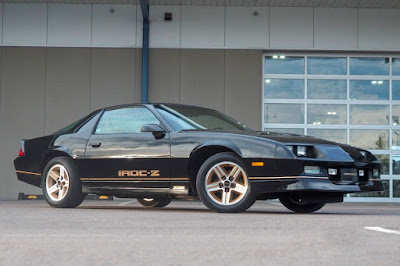How Did The 1957 Chevy Come About?
To help differentiate the '57 from '55 and '56 Chevy, Cole brought in Harley J. Earl, a famous automotive designer. Earl had already had huge styling successes under his belt that not only worked out for General Motors, but also influenced the automotive world as a whole.
'57 Chevy Dramatic Transformation
Other intriguing things that were new with the '57 were a lighter front-end, a bigger engine bay, and new drivetrain options that included a fuel-injection system and a three-speed Hydra-Matic transmission. A dual exhaust was offered with all V8 options for a little more horsepower but more so for the cool sound that it would give the Chevy.
A 1957 Chevrolet Coupe And Convertible For Everyone
Different trim options helped make the car more affordable for the average family and classy enough for those who wanted the feel of something a little more luxurious.Trim Models Were As Followed:
Base: 210 Series
Choose Your '57 Chevy Options
Each version had options that could be ordered up to make the car more comfortable and luxurious. Some of those options were air-conditioning, power brakes, power steering, a padded dashboard, power windows, and power seats. Color schemes and chrome trim options were another way to show your impeccable taste in automobile selection.Even without the big blocks, you could still make plenty of power by opting for what Chevy called the Power-Pack (283 cubic-inch engine with solid lifters, a 4 barrel carb, and dual exhaust), which would make 275 horsepower right off the showroom floor.
The odd thing about these desirable collector cars is that in 1957, the sales of Ford's '57 Fairlane model ended up out-selling the Chevy. Maybe it was the 1957 Chevy's bold chrome front-end or the rear-fins that threw consumers off. Maybe it was the introduction of the fuel injection and the 3-speed Hydra-Matic transmission - both of which consumers were skeptical about. Whatever the case was, by the time the '80s rolled around, these were considered one of the most, if not the most, collectible cars around.
